- Do you subscribe to Dharma Dog Training’s Newsletter? You should.
- A Unique Campaign from The Humane Society of the United States
- Rabid bats in Omaha- Stay safe, prepared with these tips
- Springtime Activities in Omaha
- Mill Dog Monthly from Bailing Out Benji
- World Spay Day, Legislative Alert in Nebraska
- Attend the Nebraska Rescue Council’s monthly meeting this Saturday
- Five Hard-to-Ignore Reasons to Adopt!
- Paws in Pink to Benefit Breast Cancer Foundation
- VCA, Inc. Acquires MidWest Vet Specialists from Kansas State University
Discover Jaime Lundeby’s Training System
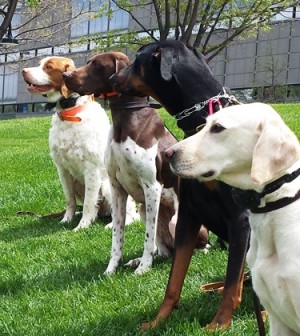
A couple of weeks ago, we introduced you to Jaime Lundeby. He’s got a new dog training business called “Unleashed Omaha” and our readers responded loudly in appreciation for his story. Read his profile by clicking here. In the second half of our introduction to Lundeby and his business, we’re giving you an inside look at his training program to let you know what you and your dogs will be doing should you employ Unleashed Omaha.
The following comes from an interview with Lundeby and are his words. He’s quick to point out that he’s very open about his practices, which is something not all trainers are willing to do. Have a read:
“Throughout the years, I have been studying about dog behavior, body language, and many different training techniques. I’ve finally stumbled upon a system of my own which evolves constantly through new insight. I find it to be an extremely fair, low stress, and a good solid wave of communication between you and your dog. Each dog is a different personality or case if you will. Each individual defining itself with different triggers, and many of them will respond differently based on which tool is used, and how it is used. There are many tools dog trainers use in their training. My system I’ve developed is one of leadership, guiding, and calmness. We take away all the humanized emotions our dogs have taken on, show them we are their protectors, their provider of food and shelter, and that we’ll always be there advocating for them. These are all qualities of a pack leader and once that bond is established between dog and handler training is a piece of cake.
“My system starts by showing the dog what we like to call “Leash Pressure.” This involves the use of prong collars, slip leads, flat collars, and e collars in order to train your dog to move with a leash nicely and be guided by the leash. The work is extremely low pressure, very low stress, and is very fair to the dogs we work with. Any tool, when used improperly, can have a negative effect on the dog, NO MATTER which type of collar. We at Unleashed Omaha find prong collars to be one of the most humane tools in our tool box. There are many misconceptions about these collars and many negative stereotypes that we are spiking our dog’s neck or strangling him with a tipped collar. It couldn’t be any further from the truth. Herm Sprenger, which is the brand we use, has been in business for over a hundred years. Their collars are made of quality material and are very well crafted. The prongs are rounded, not sharpened, and offer the easiest form of communication to a dog learning to move with the leash. We condition moving with this collar. I’ll make sure and repeat this fact, “WE CONDITION MOVING WITH THIS COLLAR.“ We don’t simply slap the collar on the dog, jerk them around, and bully him or her into position. The dogs actually really enjoy the work. This information will later help shape a variety of positions that we will teach the dog to hold under high level distraction, for long periods of time if needed, and under whichever distance we are away from our dogs, even if that means out of sight.
“I have 6 basic commands that I teach in my lessons. The first 3 taught are sit, down, and place, all with implied stay. I don’t say the word stay, I say the command one time, and ask for them to hold the position until I give them another command to end the behavior. So many people say the command way too often and the dog becomes desensitized and confused by the word. Your words should have meaning. Simple, clear, and concise communication between the handler and the dog. If you say the words ‘sit, sit, sit, sit,’ and then the dog finally sits he learns that he only has to drop his butt on the ground after you’ve said your command 4 times. At first we aren’t even verbal except for our praise, even that’s pretty limited because it causes most dogs to break the behavior we are asking for. A dog doesn’t need a treat every time it does something. We do use treats in certain places in our training program but the bond between dog and master is the real reward in our training. The dog should want to work for you, you are the pack leader, his protector, his food and shelter source, his advocate. The least they can do is listen when you tell them to.
“The Sit is one of the very first commands almost every dog owner teaches their dog. Here at Unleashed, we train our dogs that Sit means place your butt on the ground and sit up until you are released. This teaching phase is all about holding position. Using leash pressure, I guide the dog to me, pull up slightly on the leash in order to apply the slightest bit of leash pressure in the upwards direction, once the dogs butt hits the ground, BOOM, pressure comes off. After a number of repetitions, you will see your dog drops into a sit with even the slightest raise of the leash; you’re now ready to put a word to the command. Command, raise leash to turn pressure on, command followed, drop leash to let pressure off. Eventually after conditioning this behavior you simply say the word, wait a second to see if the dog follows the command, if he does awesome you have a sit, if he doesn’t apply slight leash pressure and release once the dog has followed the command followed with lots of praise.
“The commands are learned through association and then you begin to solidify them with the three D’s: distractions ( balls, kids, people, dogs, rabbits, etc), duration (extending the amount of time the command is held), and distance (extending the space between you and your dog for a better distance control or for when you have to be out of sight for a particular amount of time). The down command is also one of the elementary cues taught to our dogs. Necessary when guests arrive and need no be bothered by dogs, or even keeping dogs in a calm state of mind during a highly distractive situation. The down is taught similarly like the Sit only now being guided into the down position instead of sit. Again, stay is implied so if your dogs gets up, simply replace them in the position they were in using leash pressure and have them hold the command until your release. At first, you want to keep the duration of the command short to set the dog up for success. Further into training, we will ask the dog to follow this command for whatever amount of time necessary. Place is a command to stay on a rug, blanket, bed, or whatever you deem to be your dog’s place. It is a kennel without walls. The dog may stand, sit, or down but cannot leave the surface of the mat you have placed him on. It’s guiding them on using leash pressure and then reguiding them back to place if they break from their position. Teach through repetition without correction, second step correcting them for leaving their place before released (this is only after they’ve performed this act many times with success during the non corrective teaching stage), and then maintenance of the command for different levels of distraction, time duration, and distance between you and the dog, even if our of sight.
“The final 3 commands taught are Recall, Thresholds, and Heeling. Out of all the commands taught, Recall is hands down the most important thing you can teach your dog. The power to have your dog come to you no matter what situation is around him is a very powerful tool and something every dog should have down 110% before being let off leash. The recall can save your dogs life. Recalling a dog from running into traffic, running into a dog fight, going after a food that would be poisonous to them. All very important and I will always be very clear with my clients how important the recall is under any circumstance. I start by having a dog on a prong collar or slip lead, completely based on the dog we are working with, attached to a four or six foot leash. I simply let the dog free roam and once the dog is not paying attention I slowly pull the slack out of the leash until there is the slightest bit of leash pressure being applied to the prong or slip lead. One of two things happens: the dog comes with the pressure of the leash, you release the pressure and praise the dog for turning and coming to you. It would be great if this happened every time, but unfortunately it does not. If the dog freezes or begins to buck against the leash, we simply hold the leash pressure firmly enough to where we know the dog will not be able to hold the position all day but not so hard that we are pulling and forcing the dog with the leash. We want the dog to make the decision to come with the pressure of the leash. This can sometimes take several minutes, but the work put in for that initial unlock of the dog coming with the leash helps initiate every single rep after that. The behavior only becomes easier and less stressful with every additional repetition. The technique works amazing on fearful, anxious, aggressive, all types of dogs with lack of leadership and behavioral issues. The second the dog takes any forward momentum towards you, all pressure is taken off the leash. We are simply teaching the dog that if you move with the leash towards me there is no pressure, if you resist and chose to work against the leash there is going to be a slight discomfort. Once we have the head turn of the dog and they are heading toward us, we back up with lots of excitement making ourselves a very large and exciting target to come to. Remember in the beginning stages of teaching where there is no correction, you’re going to have to make yourself a bigger deal than all the things your dog wants to go after instead of coming to you. Get loud, get goofy, make noises, but draw the commitment of their forward motion towards you. The work then progresses to a long line for teaching greater distances and then over to an e collar for off leash work. Again, once the behavior is learned and has been shown properly we bring in the 3 D’s to make the work consistent around all environments
“Thresholds is another thing I teach. It prevents dashing in and out of doors, helps calm the dog before entering or exiting his kennel- we can use thresholds for a variety of things. We can teach the dog to not get within a certain amount of feet of a young child that could be bumped over and injured. We can teach dogs to stay out of particular rooms. Teach the dog to stay away from the trash can area. All these things can be considered thresholds in which the dog needs permission to cross this invisible boundary. Kenneling is also a part of our threshold work. Dogs being den animals need a place to rest and to feel safe and calm in. We teach the dog to relax and to be quiet in their kennels. It should be a place for peace, calmness, and rest. Teaching this to a dog helps stop separation anxiety quickly.
“Finally, one of my favorite things to teach a client to do Loose Leash Heeling. Nobody likes being dragged down the street, jerked in different directions depending on which way the squirrels are running on a particular day, so we want a calm dog with no pressure on the leash at our left side walking at our speed. Heeling is another great tool to help your dog through high level distraction areas and challenges. His only job is to stay directly on your left (or right if you so choose) -that’s it. Don’t worry about dogs, people, leaves, wind, loud noises…nothing, just stay on my left pal and I will lead you to where you need to be. We start the work on a prong collar, using leash pressure we keep the leash short and position the dog directly on our left or right side depending on what the owner prefers. The only time the dog will feel pressure of the training collar is if he is lagging to far behind or forging to far ahead or to the outside. Because our dogs have been conditioned to the collar and have learned how to turn off pressure the dog learns keeping even with your left or right leg is a pressure free zone. Further into training we will allow a bit more slack in the line to see if the dog maintains position. If the lag or forge simply mark it with a verbal No in a calm voice and guide them back to proper position. Through association the dog learns to walk with your pace, stop when you stop, and move when you move. Once this is attained we then follow the same steps of teaching in different environments around different stressers and work the three D’s until the behavior is solidified.
“Those are the 6 basic obedience commands taught in my 4 week course. Everything progressing to off leash work within weeks. When behavior is a problem with the dog, we tend to address these issues first. Aggression, separation anxiety, OCD behaviors, etc. are life and death situations. It could mean the dog will be surrendered, abandoned, or even worse, possibly put to sleep. These are the dogs who benefit the most from my system. These dogs have been given so many responsibilities and choices that they have to make decisions on their own. Results can be aggression, fear biting, guarding behaviors. We need to show the dog the proper ways of handling their stresses through leadership and guidance. Taking away their decision making and having them concentrate on one thing at a time. Our goal for every dog is to bring them down to a very calm level, one without worry, fear, anxiousness, just exist, you’re going to be fine. Counter conditioning plays a big role in reversing learned behaviors as well. We have to turn things in which they associated negatively to into either a neutral or positive event. All of these issues a lot of the dogs are dealing with today is just because of a lack of leadership in the household. Dogs don’t want to make the choices, they shouldn’t have to rush the door to protect us from people at the door, nor rush the window to protect when they see another dog. Advocate for them, show them you’ll take care of whatever issues there currently are. When I want energy I’ll ask for it. Out in the hunting field, lets go nuts, out on patrol, those dogs need to be nuts, agility work, fast as you can go, but when we are in need of calm and relaxed behaviors we ask for it and it should be obeyed. We teach initial behaviors without correction, we progress to correction and guidance into proper position. This of course is once the command has been repeatedly performed properly during the teaching phase. We then help work them through different situations involving one or all of the following: high level distractions, duration of time, and distance between the dog and handler, even if handler is out of sight. Repetition, impulse control, from you and the dog, and sending clear, calm, and concise communication are all the tools we use in order to develop the relationships between owner and dog to their fullest capabilities.”
This is a pretty complete explanation of what Jaime does with dogs, so if you are considering hiring a trainer, you won’t have any surprises from him.
If you’d like to get in contact with Jaime, contact him using the information below. You can also see some training videos of his by clicking here.
Related Posts
Latest News
-
What Signs to Look For When My Pet Has a Cold
You have probably heard the expression, “sick as a dog.”...
- Posted 2 weeks ago
- 0
-
How Often Should I Groom My Pet?
Do you have a grooming ritual for your furry friend?...
- Posted 2 weeks ago
- 0
-
From Kibble to Cuisine: Finding the Perfect Food For Your Pet
Do you ever wonder what the difference is between regular...
- Posted 1 month ago
- 0
-
The Essential Guide to Pet Care: Meeting Your Furry Friends Basic Needs
Are you a first-time pet owner and need to know...
- Posted 1 month ago
- 0
-
Say Cheese! Tips for Keeping Your Pet’s Pearly Whites Clean
Did you know that keeping your dog or cat’s teeth...
- Posted 2 months ago
- 0
-
Feeding Frenzy: How Often Should You Fill Your Pet’s Bowl?
Are you unsure how much food to give your dog...
- Posted 2 months ago
- 0
-
How to Prepare Your Pet for Spring
Winter is in full force, but spring will be here...
- Posted 2 months ago
- 0



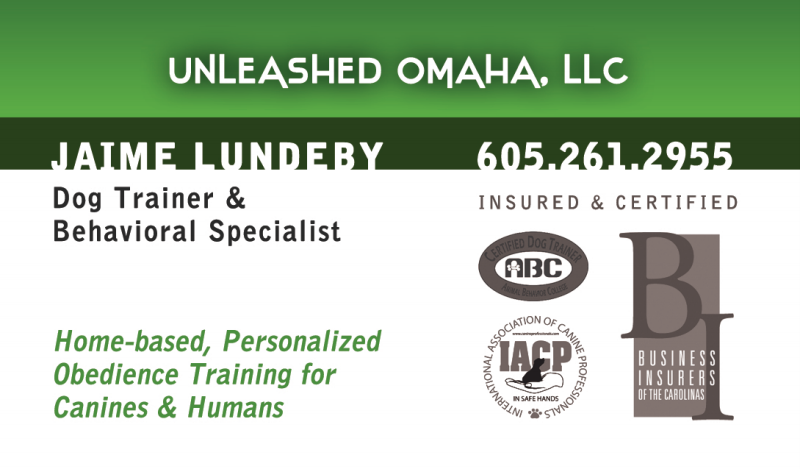
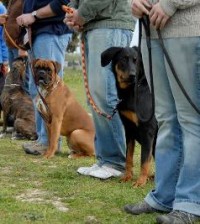




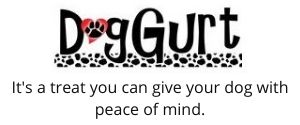


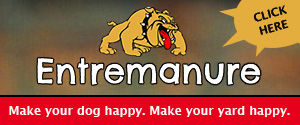
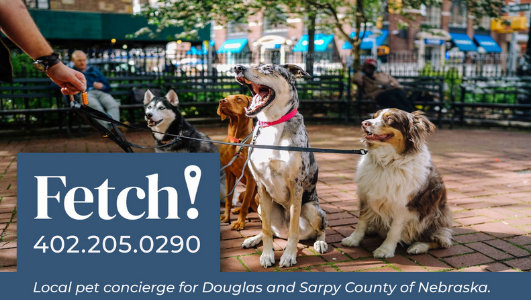
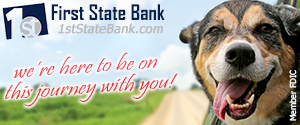


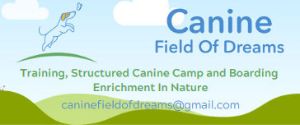
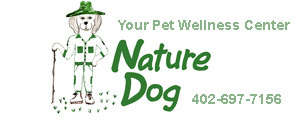





You must be logged in to post a comment Login